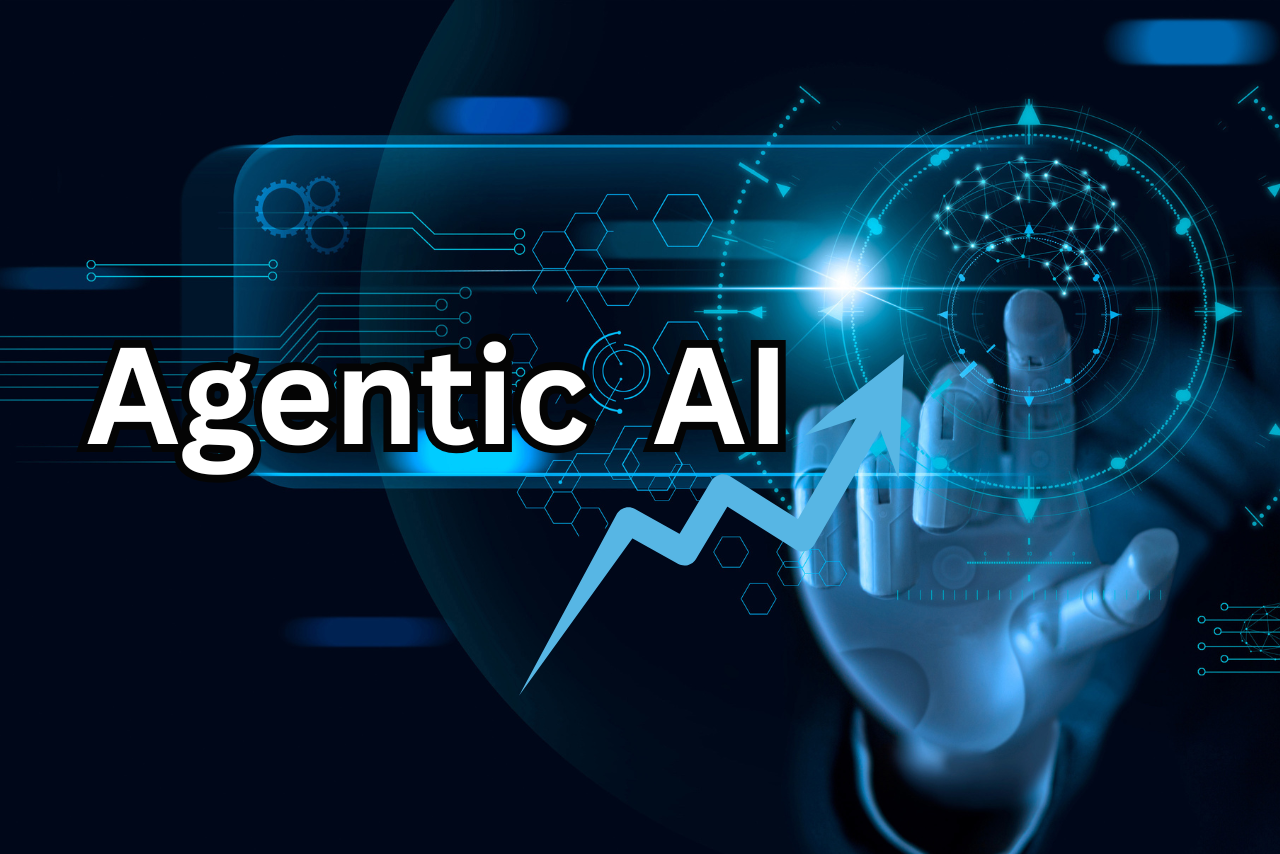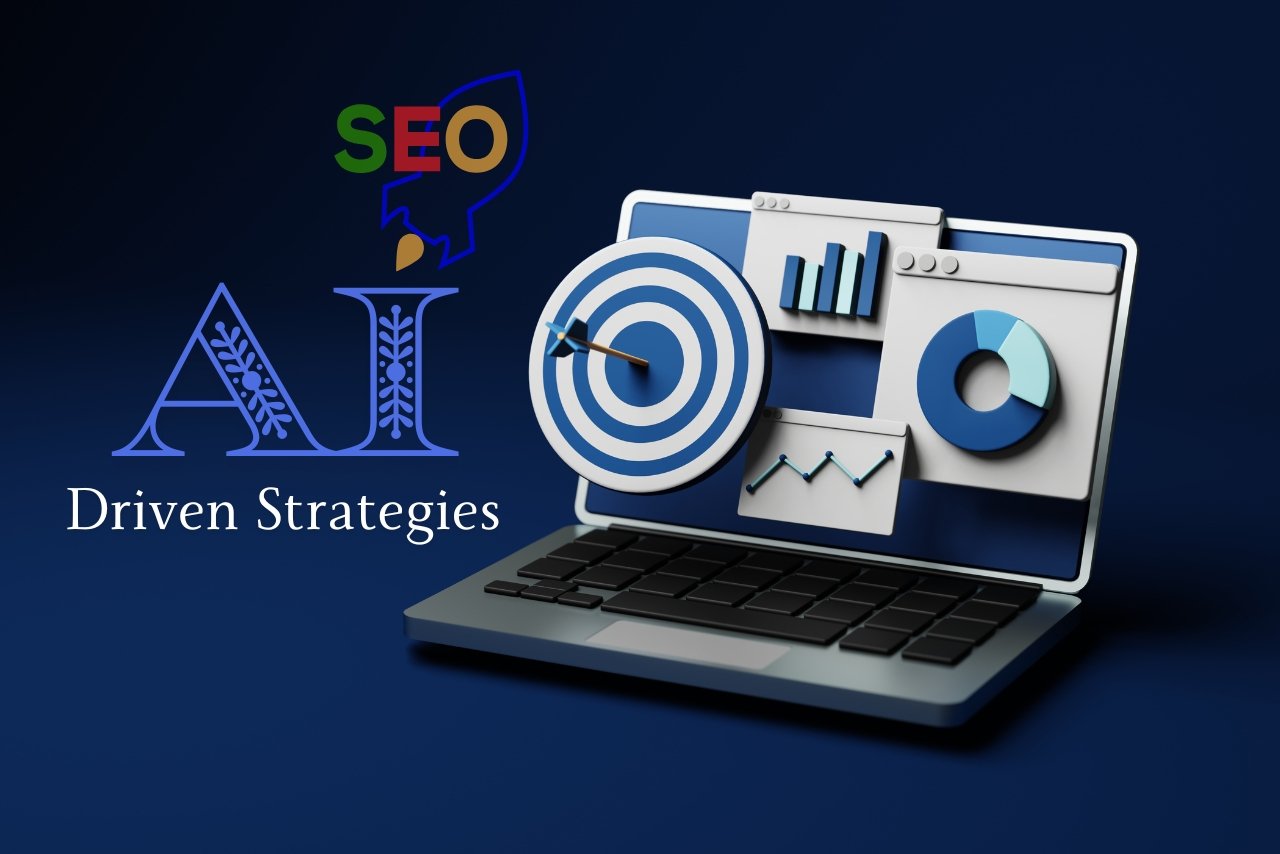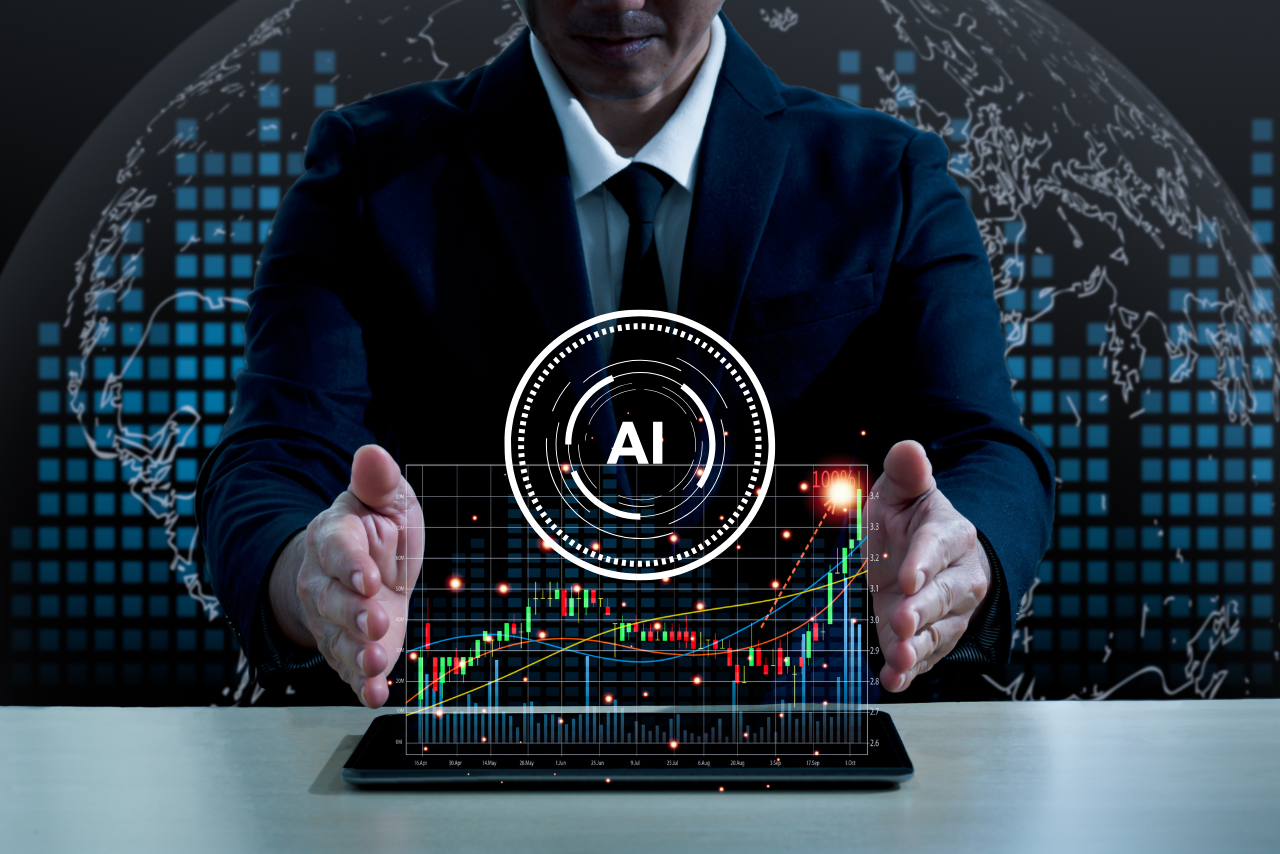Edge AI, standing for Edge Artificial Intelligence, signifies a pivotal shift in the AI landscape, positioning artificial intelligence processing closer to users and data storage at the network’s edge rather than relying on centralized cloud computing. It leverages deep neural networks to replicate human cognition through a process known as deep learning, typically initiated in data centers or the cloud and subsequently implemented in remote locations like factories, hospitals, vehicles, and more.
This transformative technology offers real-time data processing, heightened privacy, reduced internet reliance, and lower energy consumption, revolutionizing how we interact with AI-powered devices. Yet, it presents challenges like continuous training requirements and the need for robust security measures. As Edge AI continues to gain momentum, its potential to enhance daily life and computing capabilities becomes increasingly apparent, offering a glimpse into a future where intelligence is seamlessly integrated into an array of devices.
What Is Edge AI?
The edge AI is deploying artificial intelligence in natural machines worldwide. It’s called “edge AI” because AI processing occurs at the edge of the network, closer to users and where data is stored, rather than at the heart of cloud computing or private data centers.
Because the Internet is global in scope, a network edge can be referenced anywhere. These could be retail stores, factories, hospitals, or devices around us like traffic lights, autonomous vehicles, and phones.
How Does Edge AI Technology Work?
Objects that can see, recognize, drive, understand language, speak, walk, or imitate other human abilities must actively imitate human intelligence.
Artificial intelligence uses data structures called deep neural networks to mimic human cognition. These DNNs are designed to answer specific questions and provide many examples of these types of questions and correct answers.
This learning process is called “deep learning” and is usually done in a data center or the cloud because data is needed to build an accurate model, and data scientists need to refine the model. Collaboration is required. Once established, the model becomes “co-engineered” to answer real-world problems.
In the most advanced implementations of Edge AI, the resulting machines operate specific computers or machines in remote locations such as factories, hospitals, cars, satellites, and homes. When the AI encounters a problem, data about the problem is typically sent to the cloud to further train the original AI model, somewhat replacing the inference engine at the edge. This feedback loop plays an essential role in improving the model’s performance. As AI models evolve, they become more and more intelligent.
What Are the Benefits of Edge AI?
1. Real-Time Data Processing
The primary benefit of Edge AI is to bring massive computing power to the edge of IoT sensors and devices. AI edge computing enables AI applications to run directly on field machines, process data in the field, and execute machine learning (ML) and deep learning (DL) algorithms.
MGE in the cloud takes a few seconds. On the other hand, data processing at the edge can take milliseconds or less. For example, an autonomous car at the end of the spectrum can process data at the curb much faster than if it were processed in the cloud. Because these decisions affect people’s lives, processing information in near real-time is essential.
2. Privacy
Edge AI capabilities enable data processing locally at the edge of the device. Thus, less information is sent to clouds and other external locations. This reduces the risk of data misuse or fraud.
However, this does not mean the data is safe from attacks and other security threats. To this end, the Trusted Platforms Group has developed the TPM 2.0 hardware security standard, which includes secure data management, cryptographic authentication, and data integrity on edge devices.
3. Reduction In Internet Bandwidth and Cloud Costs
Edge AI allows for more local processing, sending less data over the Internet, thus saving more web space. Additionally, cloud-based AI services can be expensive. Edge AI can use valuable cloud resources such as post-processing data warehouses to collect data for future analysis rather than performing real-time operations locally.
4. Using Less Power
Because Edge AI processes data locally, it saves energy costs. Edge computing devices are designed to be energy efficient, which means the energy required to run AI at the edge is much less than in cloud data centers.
Edge AI Disadvantages
1. Edge AI requires ongoing training
Edge AI systems can be complex because, like other AI models, they must be regularly and continuously trained, using only edge data. This often means creating datasets by moving data from multiple end devices to the cloud, which can be very complex depending on the bandwidth and connectivity of the end devices.
2. Extra security measures need to be taken with edge AI
Security also flows but in a different sense. While edge computing can make systems more secure by managing them locally, the infrastructure and devices require their security measures. This can include access control, monitoring, data backup, antivirus and virus protection software, and even encryption.
3. Edge AI has been slow to catch on (but that’s changing)
The market for cutting-edge artificial intelligence isn’t growing as fast as some would like. With PJC’s initial investment in Deploy and expansion into the broader AI space, he said that the market is moving “a little slower than expected” in high adoption, which he attributes to a longer design cycle for devices ( such as drones and phones). , cars) are required for advanced artificial intelligence. Another big reason, he said, is a general lack of awareness among some tech companies that such a space exists.
“You have to know something and get around it. From a planning standpoint, it can take 18 months to do something,” Mai said. “I think everything fits. But I hope there will be more of these types of events.”
That seems to have happened. According to Allied Market Research, the artificial intelligence market was worth just $9 million in 2020 but is expected to reach nearly $60 million by 2030. Meanwhile, Gartner predicts that by 2020, 75% of enterprise data will be created and processed by bypassing the cloud entirely.
Companies in this space continue to attract the attention of investors. For example, Axelera, an AI chip startup, raised $27 million in funding and named Jonathan Balan, former president and general manager of Intel’s Edge AI and IoT group, president. Del Maffeo said Accelera plans to focus on security, retail, and industrial automation shortly, as all three industries are investing heavily in computer vision and camera technology, for which the company’s chips are designed.
For example, these chips could be used in cashier-less checkouts at Amazon Go grocery stores, in surveillance cameras for prison states, or in collaborative robots that use vision to avoid accidents with humans. There is a need.
Del Maffeo said that “modern computers” can help people improve their lives. “We’re at a point where new technologies can have a huge impact on the quality of life of those among us. A lot. Artificial cutting can have a positive impact in that regard.”
Cloud AI vs. Edge AI
While there are similarities between cloud AI and extreme AI, there are apparent differences.
Cloud AI means that data is processed and stored in the cloud. It gives flexibility in software development to design and build cloud-based AI systems but requires an internet connection to work. Cloud AI’s dependence on Internet connectivity can lead to performance and security issues.
Because Edge AI processes data locally and offline, the technology can generate real-time data and make independent decisions.
The hope is that the high computing power provided by the bank’s AI machines can make the cutting edge of AI more powerful than cloud AI. But a lot depends on factors hitting the football market, such as cost and performance.
One of the startups working on this is Accelera, which is developing a foam that offers high computing power and availability that, according to co-founder and CEO Fabricio Del Maffeso, “is the cost of this technology and Power consumption is only a fraction of that.” “This is what we typically see today. Instead of transferring data from memory to the processor and vice versa (as is common in most computers), the processor chip integrates a memory called ‘processor memory.'” “We control.
It’s memory and calculations on it.” It makes the chip very efficient because it doesn’t have to carry as much data.” He concluded that you can stabilize computer networks and speed up work by adding computing elements to memory.
Of course, Accelerate is not the only innovative company in this field. Edge AI technology is expected to grow from 920 million units in 2021 to 2 billion in 2026. The next-generation AI chip market alone is estimated to grow to nearly $73 billion by 2025.
The Future of Edge AI
If only we could say that if all our smart devices were equipped with the latest artificial intelligence, we might see it in our daily lives. I predict a more structured sound. And no one can be faster and cheaper.
“If you think about the ability to instill intelligence into any device, no matter how small, whether it’s connected to the Internet or not, I think it’s a huge opportunity,” he said. “If everything were possible, it would be difficult.” “We need to be constantly connected to the cloud,” he said, so “Edge AI is one of the key technologies that will support outdoor computing.”
He believes that AI at the edge can become more powerful than AI in the cloud if it can sustain higher levels of computing power. But, it is not intended to replace cloud computing technology. Enterprises must store all their software (SaaS), applications, database applications, and infrastructure in the cloud.
Instead, Del Mafio predicts they will complement each other as AI becomes more sophisticated.
“The phone will be more powerful.” “Your TV becomes your computer,” he said. “I mean, computers are everywhere. It’s a classic phenomenon.”
Conclusion
In conclusion, Edge AI represents a seismic shift in artificial intelligence, ushering in an era where intelligence is no longer confined to remote data centers but embedded into the fabric of our everyday devices and environments. With its ability to process data in real-time, safeguard privacy, reduce reliance on the cloud, and minimize energy consumption, Edge AI is poised to redefine how we interact with technology. However, it comes with challenges like ongoing training needs and heightened security demands.
As we look to the future, the potential for Edge AI to empower a more interconnected and intelligent world is undeniably exciting. It promises to enhance convenience, efficiency, and the overall quality of life, making it a transformative force that will continue to shape our digital landscape profoundly.







